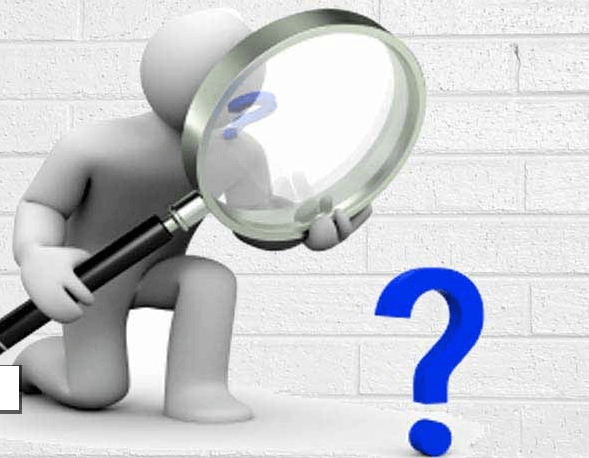Examine DefinitionExamine is a verb that means to scrutinize, investigate, or inspect something in a detailed manner. The purpose of examining is to analyze, understand, and evaluate the object of study thoroughly. The term can refer to various contexts, including academic research, legal investigations, medical evaluations, or personal inquiries. Examining can be done through different methods, such as observation, experimentation, questioning, or analyzing data. 
Examining requires critical thinking, analytical skills, and attention to detail. It involves asking questions, gathering evidence, and evaluating information to arrive at informed conclusions. Examining also requires an open-minded approach, where the examiner is willing to consider different perspectives and challenge their own assumptions. Furthermore, examining requires the ability to communicate findings effectively, whether through written reports, verbal presentations, or visual aids. Uses of ExamineThere are countless examples of examining that occur in various fields and disciplines. Here are some examples of examining in different contexts:
Ways to ExamineThere are various ways to examine a topic or issue, depending on the purpose of the examination and the type of information required. Here are some of the most common methods:
Steps to ExamineExamination is an essential part of learning, and it involves testing students' knowledge and understanding of a particular subject or topic. To ensure a successful examination, it is important to follow certain steps that help to prepare and administer the test. Step 1: Define the examination purpose: The first step in examining is to define the purpose of the examination. This involves identifying the knowledge and skills that the exam is designed to test. For example, an examination in a mathematics course may test a student's understanding of algebra, geometry, and calculus. By defining the purpose of the examination, you can ensure that the test questions are relevant and aligned with the course objectives. Step 2: Create the examination blueprint: The next step in examining is to create the examination blueprint. The blueprint outlines the structure of the exam and provides a framework for the types of questions that will be included. The blueprint should include the format of the exam (e.g., multiple choice, short answer, essay), the number of questions, and the point value of each question. This step ensures that the exam is fair and balanced and that all students have an equal opportunity to demonstrate their knowledge. Step 3: Develop examination questions: The next step in examining is to develop examination questions. The questions should be aligned with the purpose of the exam and the course objectives. The questions should be clear, concise, and unambiguous, and should test a range of knowledge and skills. It is also important to ensure that the questions are fair and unbiased and do not discriminate against any particular group of students. Step 4: Review and edit examination: Questions after developing the examination questions, it is important to review and edit them for clarity, accuracy, and fairness. This step helps to ensure that the exam is free from errors and that the questions are relevant and aligned with the course objectives. Step 5: Administer the examination: The next step in examining is to administer the examination. This involves setting up the exam room, distributing the exam materials, and monitoring the students during the exam. It is important to ensure that the exam is administered in a fair and consistent manner and that all students have an equal opportunity to demonstrate their knowledge. Step 6: Grade the examination: After the exam is completed, the next step is to grade the examination. The grading process should be objective and consistent, and the grading criteria should be clearly communicated to the students. It is also important to ensure that the grading process is fair and unbiased and that all students are evaluated based on their knowledge and skills. Step 7: Analyze the examination results: The final step in examining is to analyze the examination results. This involves reviewing the students' scores and identifying any areas of weakness or strength. This step helps to evaluate the effectiveness of the examination and provides valuable feedback for improving the course content and teaching methods. Examining is an important part of the learning process, and following the steps outlined above can help to ensure a successful examination. By defining the purpose of the exam, creating the examination blueprint, developing examination questions, reviewing and editing examination questions, administering the exam, grading the exam, and analyzing the exam results, educators can ensure that the exam is fair, objective, and effective in evaluating students' knowledge and
Next TopicExperience Definition
|
 For Videos Join Our Youtube Channel: Join Now
For Videos Join Our Youtube Channel: Join Now
Feedback
- Send your Feedback to [email protected]
Help Others, Please Share










